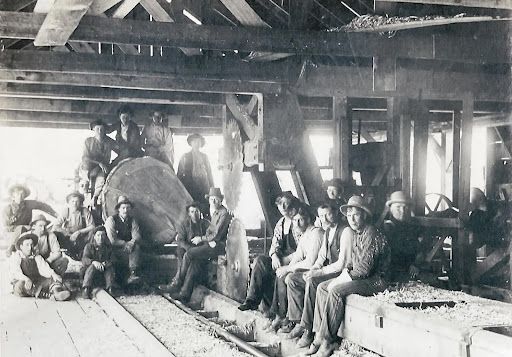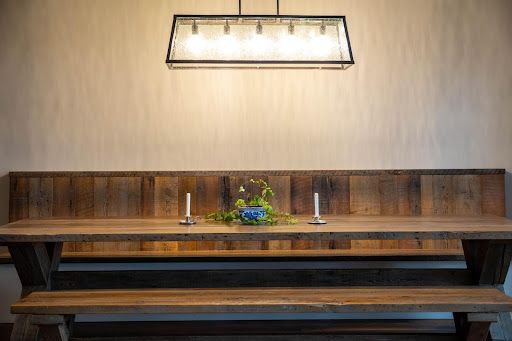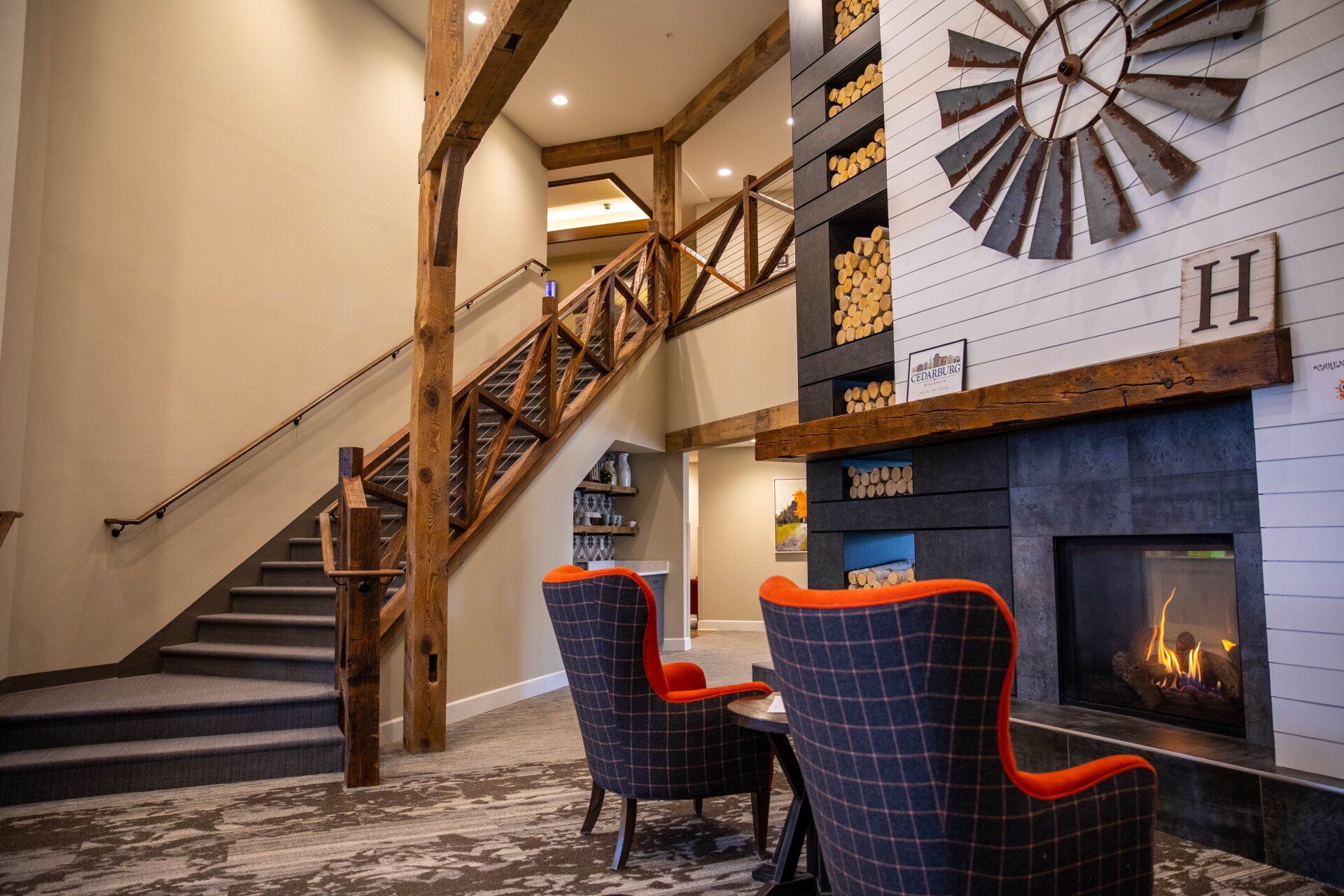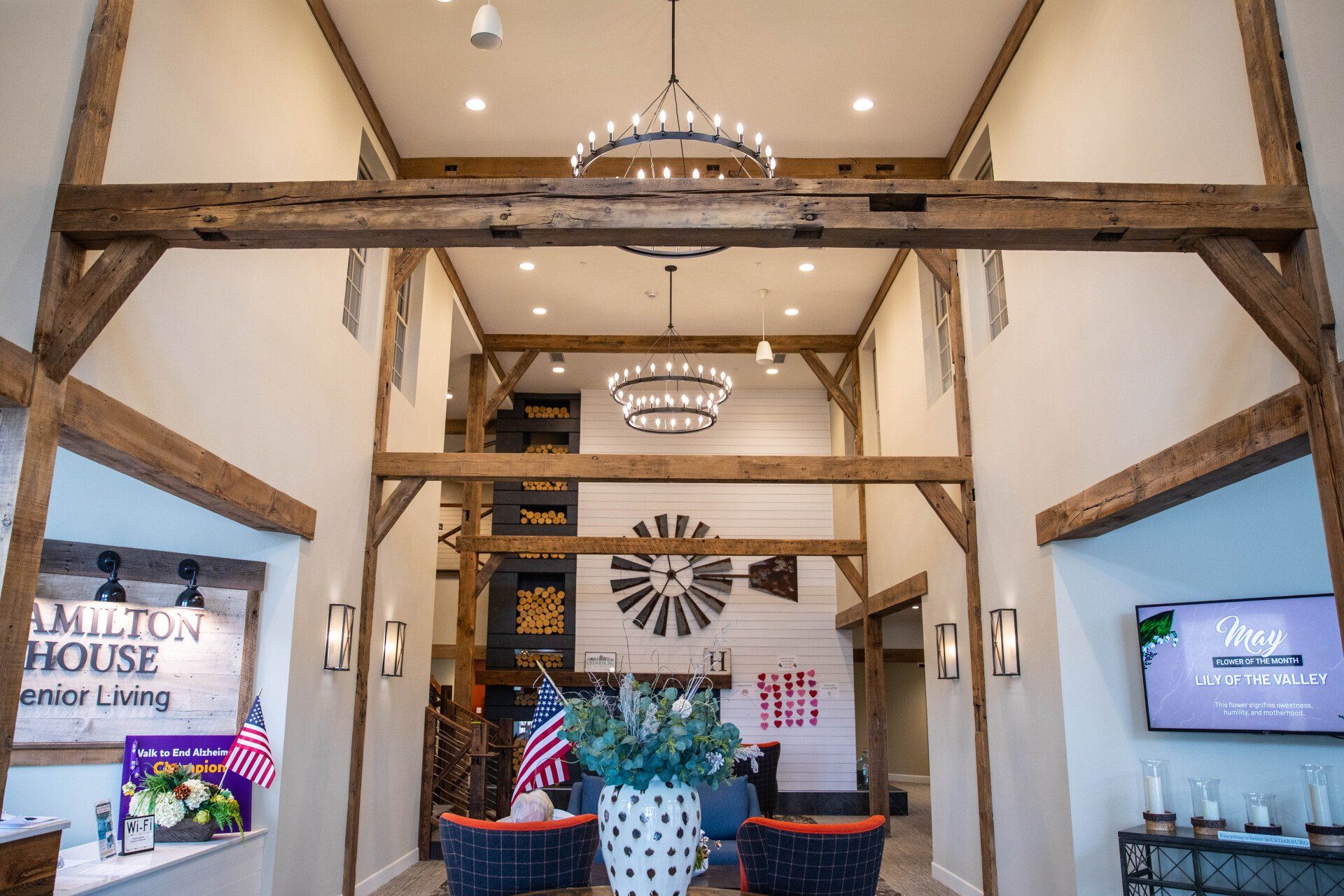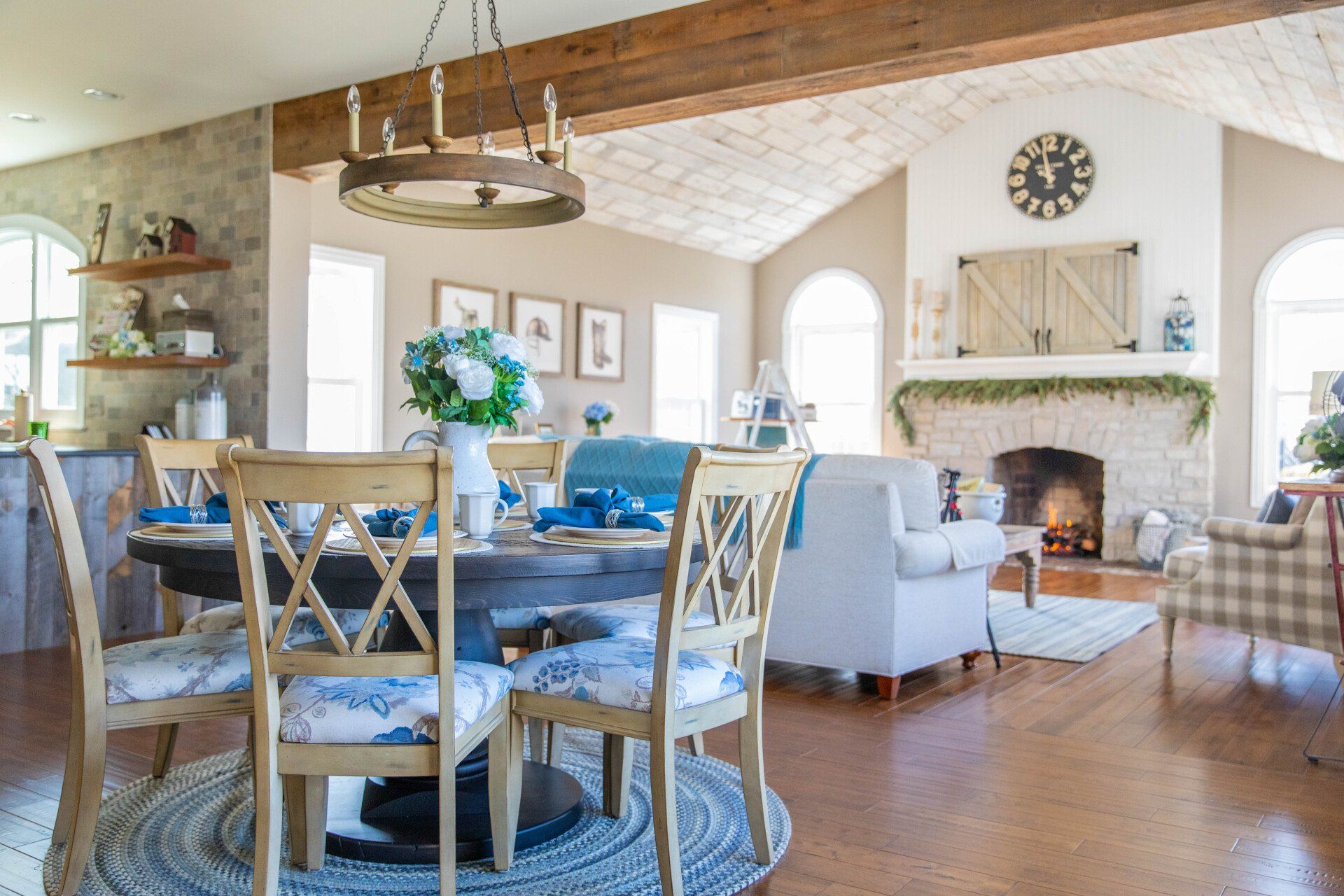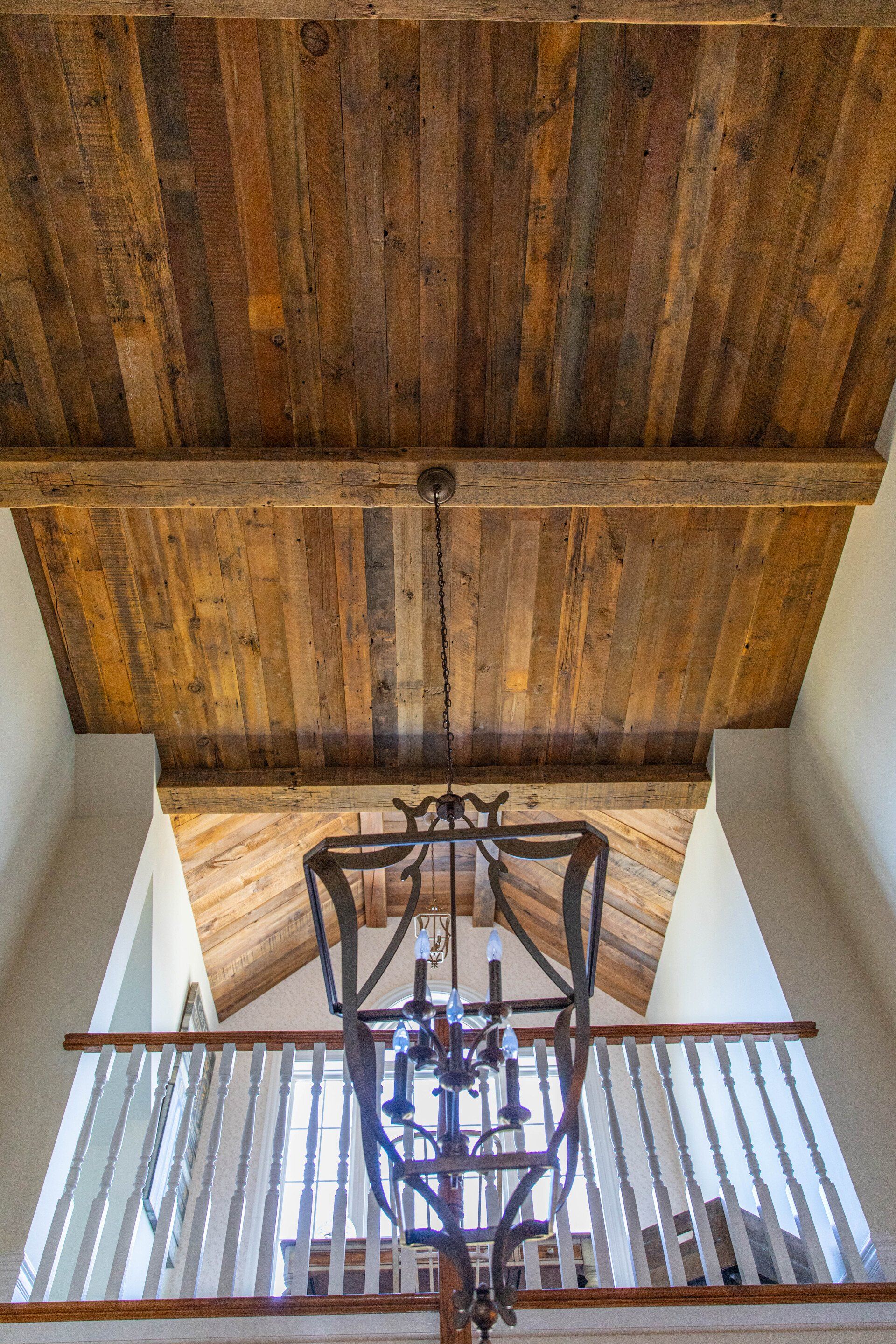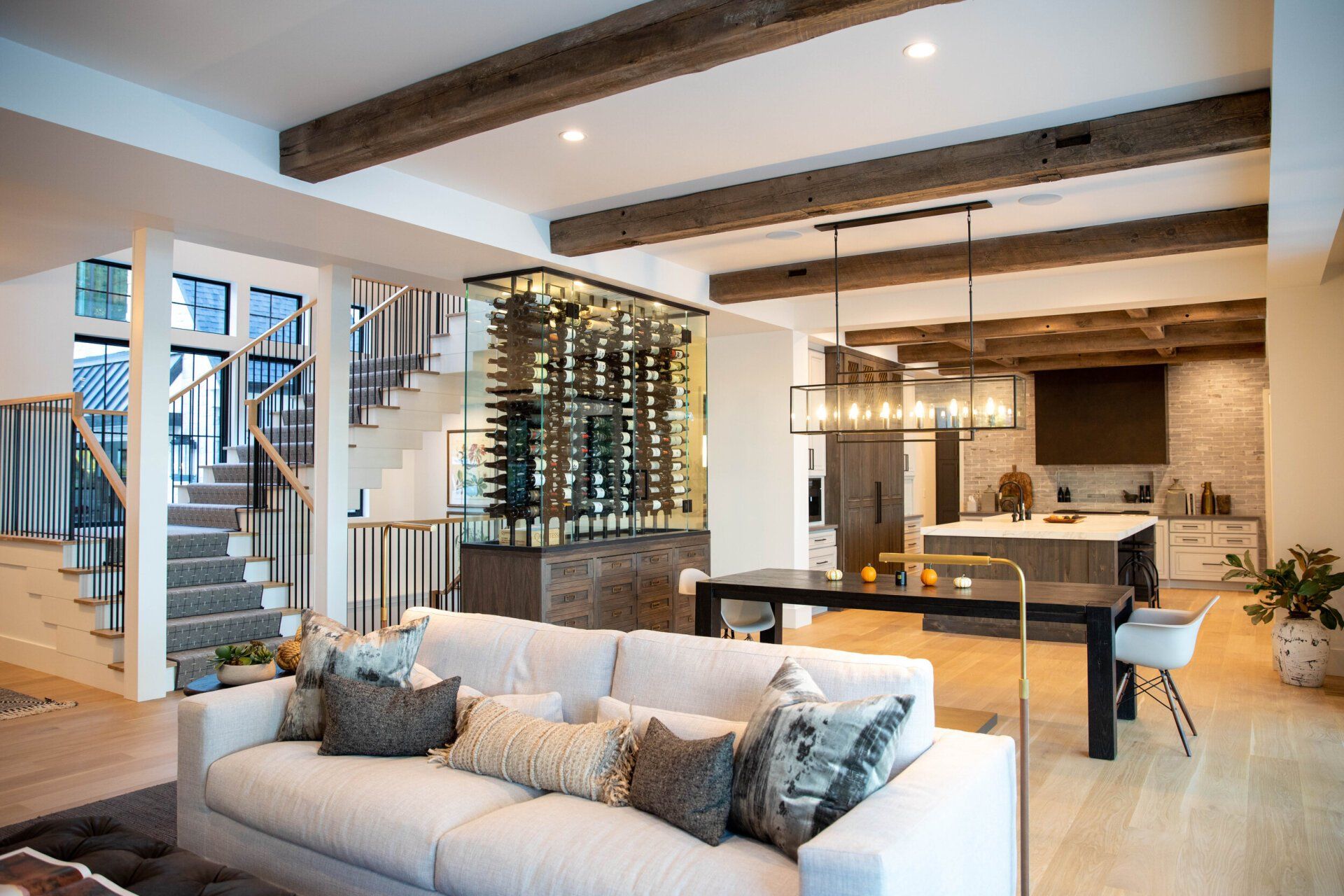What is Reclaimed Wood?
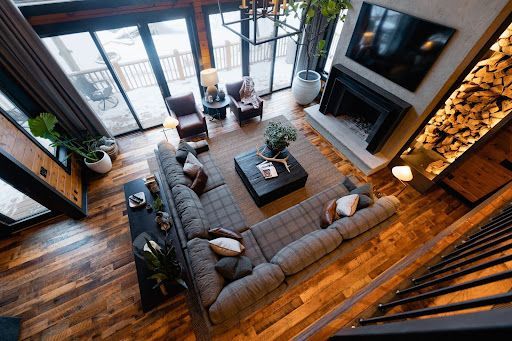
So you’ve got an idea for your home, work space, or an heirloom-quality piece of furniture – and now you need to decide what to build it out of. Wood is a great choice, say lots of experts including us at Heritage Beam and Board. But what are the options?
We’re going to take an in depth look at reclaimed wood and learn:
- What reclaimed wood is
- Where reclaimed wood comes from
- The benefits of using reclaimed wood
- How to incorporate reclaimed wood into your project
- How to care for reclaimed wood
- How to get started on your next reclaimed wood project
What is Reclaimed Wood?
Reclaimed wood has been removed or “salvaged” from another source, then reused to build something new. Reclaimed wood typically comes out of old barns, homes, commercial buildings, and railroad ties. “Reclaimed” means that it was once used for one purpose, was dismantled, and repurposed into something else.
At Heritage Beam & Board, some of our favorite projects have incorporated wood from barns around SE Wisconsin: dismantled log cabins, historic mansions, and even the old Vilter Manufacturing Plant in Milwaukee.
Compared with new wood, or wood that is freshly cut from trees, reclaimed wood tells its unique history through the wood grain, notches, and imperfections contained within the beam or board. New wood simply can’t compete with the beauty, charm, durability, or environmental friendliness of reclaimed wood.
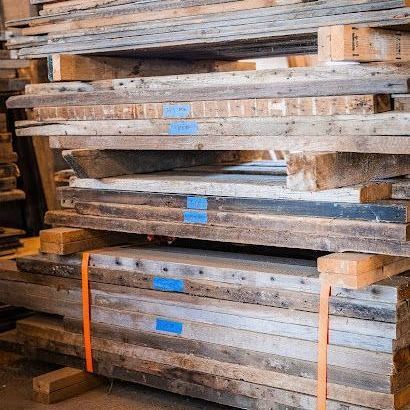
Types of Reclaimed Wood
Reclaimed wood falls into one of the following categories:
- Hand hewn
- Rough sawn
- Smooth planed
Hand-hewn Lumber
Hand-hewn lumber is the oldest type of lumber we work with at Heritage, dating back to the 1800s. Because of its imperfect chiseled surfaces and tight grain structure, hand-hewn lumber has the highest character of any lumber. Its natural changes in color and patina can
only
be achieved by time and age. Hand-hewn lumber was frequently sourced from local hardwoods near the building site. The builders weren’t felling trees and sending them to the mill! Rather, this wood would’ve been cut down to size on site. Like every good DIY project, the dimensions of hand-hewn lumber aren’t perfect – which is now what gives the lumber its charm.
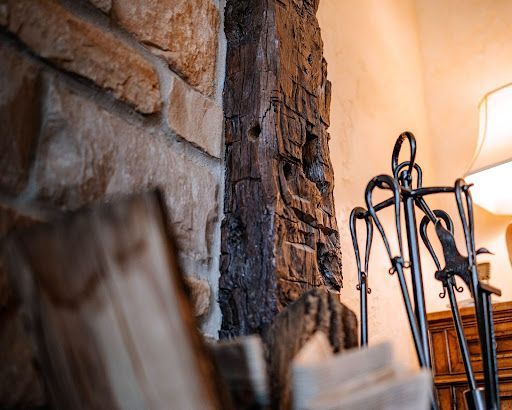
“They bring out a very authentic rustic character to a home or project. You can see very clearly the full history right there on the beam. You know that someone made this. I often wonder who did it, you know?” -Emily Krauklis
START YOUR PROJECT TODAY >

Rough Sawn Lumber
Rough sawn lumber started appearing in the early 1900s. As lumber mills became more prevalent, wood was sawn with a circular or band saw blade, which created a very straight edge compared to hand-hewn lumber. The saw blade left lines across the wood.
Rough sawn wood is often true to dimension, which is how you know it’s an older cut of wood. It has more substance. In comparison, new commercial milling practices cut their lumber to the lowest tolerance of the dimension. So, a “2 x 4” actually measures 1.5” x 3.5” if you purchase one from the lumberyard today.
Smooth Planed Wood
Smooth planed wood is rough sawn first, then run through a planer to smooth out the surfaces. Smooth planed wood is usually newer wood. Clients might choose smooth planed wood for a cleaner presentation or to attain a specific design aesthetic.
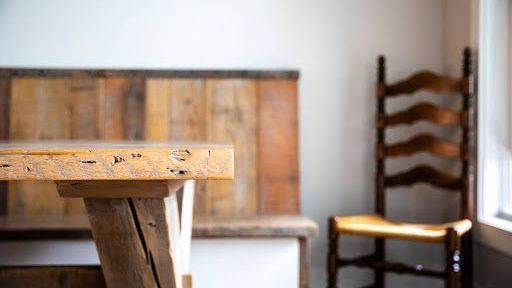
Where does Reclaimed Wood come from?
As mentioned, reclaimed wood can come from almost any old home, building, barn, or factory. Often, we’ll get a call if a building is set to be demolished. In all honesty, we don’t love taking buildings down, especially if they have history to share. We’d much rather see the buildings up and being used. However, that’s not always possible. So if a building is going to be torn down, we try to go in and take out whatever materials we can. We call this “storied lumber” because there’s still a lot of life left in the materials…and we want to continue their story.
An example of this is a project we did years ago in Cedarburg, Wisconsin – a retirement home where the owners wanted to incorporate a feeling of the yesteryear of Wisconsin. What did they think of? Dairy farms. So, as the residents were heading into their retirement, they got to have these big barn vents from old dairy farms that no longer existed. We helped the client continue the story of these historic dairy farms and share that comfortable, nostalgic feeling with retiring residents. It was a cool thing to connect the residents with the history of our state.
Nature's Symphony
Why use Reclaimed Wood?
Reclaimed wood is beautiful, hearty, and extremely durable. It has tons of authentic characteristics that can’t be replicated, even though people might try their best to do so. It’s for people who love history and who want to continue a story that began generations before they were born.
Reclaimed wood is beautiful.
On a design level, reclaimed wood adds warmth to spaces that might otherwise be a bit sterile. When paired with other materials such as metal or stone, reclaimed wood can hold its own – balancing structure and design exactly to our client’s liking.
Reclaimed wood is hearty.
When reclaimed lumber was still living, it was exposed to all kinds of extreme temperature and weather conditions, pushed and pulled by the
wind, and likely had to fend off more than a few insect infestations or even forest fires over the years. It had decades, if not hundreds of additional years of strengthening and hardening compared to new wood.
Reclaimed wood is extremely durable. Sometimes clients wonder if reclaimed wood might rot more quickly than new wood, or if there are insects living inside it. No and no, and here’s why:
The majority of our reclaimed wood comes from old-growth lumber, with tighter grains that make for super strong lumber. And as for bugs or unwanted organisms? Not to worry. During the reclamation process, our reclaimed wood is kiln-dried, which kills anything trying to hide inside it.
What are the best uses for Reclaimed Wood?
Potential uses for reclaimed wood are only limited by your imagination. Some of the most popular projects we’ve created for our clients include:
- Tables
- Mantles
- Stairs & handrails
- Wall cladding
- Shelving
- Flooring
- Ceiling treatments
- Bars & bartops
- Kitchen islands
- Hooded vents
- Beams
If you’re building, remodeling, or furnishing a beloved space and have an idea you’re wondering about, our experts at Heritage would love to talk with you and figure out how to bring your idea to life. Check out our
case studies to see examples of many of these projects.
Care and Maintenance: How do I take care of my reclaimed wood products?
Reclaimed wood is incredibly durable and doesn’t need much more than a regular dusting to stay in great shape over the years. With that said, we know life happens and occasionally wood needs to be cleaned.
First and foremost, avoid using harsh chemicals!
Instead, use warm water and a touch of dish soap to clean anything that’s become dirty or greasy. If you ever have questions about the care of maintenance of a Heritage piece, don’t hesitate to call.
Common “problems” with reclaimed wood
(“Problems” is in quotes because two of these problems aren’t necessarily problems at all, rather changes to the wood over time.)
Weathering – This is a natural process that will continuously occur. The weathering of wood doesn’t mean it’s losing its integrity, rather it’s the wood simply adjusting to the conditions of its environment.
Color changing
– As part of the natural weathering process, wood naturally turns more gray when left in the sunlight. If that’s a problem, be cognizant about where you place reclaimed wood pieces and try to avoid direct sunlight. We can also treat reclaimed wood projects with UV protectants to further protect it from color changes.
Cracking or splitting
– Reclaimed wood will match the moisture and air quality of your home. For larger home installations, we will acclimate your wood to your home by placing it in the building before it’s time to install so the wood has less chance of changing after installation.
For furniture pieces, it’s best to avoid drastic or abrupt temperature changes. A “woopsie” occurs when a client moves a Heritage piece of furniture outside to the porch or garage in order to make room for a party or gathering inside. That drastic temperature and humidity change can cause the wood to split, shrink, or crack. If this happens,
call us and we’ll see if there’s anything we can do to help!
Is Reclaimed wood environmentally friendly?
In a word, absolutely. Reclaimed wood saves new trees from getting cut down and gives new life to lumber that would have otherwise been destroyed. As a business, we also plant several hundred trees on our properties each year as our gift back to the environment. Reclaimed wood is very environmentally friendly.
At Heritage, trees are the lifeblood of our business. Trees give us oxygen, protection from the elements, and beauty for our eyes and our souls. So here’s to leaving as many living trees still living and gratitude for the opportunity to reclaim wood from around Wisconsin, Illinois, and across the Midwest.
Heritage Beam & Board: Your reclaimed wood experts
Reclaimed wood meets a whole host of different design styles and aesthetics, from modern farmhouse to sleek industrial to cozy cabin vibes, and everything in between. We don’t just provide materials – we see a project through from our clients’ initial off the wall ideas, to stunning completed projects.
We can do this so well because at Heritage, this ain’t no side hustle. We offer up our whole team of expert craftsmen who work with reclaimed wood full time. We love to meet with clients and designers to play “matchmaker” for your projects. And we know we’ll be able to find the exact right wood for the exact right design for the exact space you have in mind.
Have an idea?
Give us a call!




